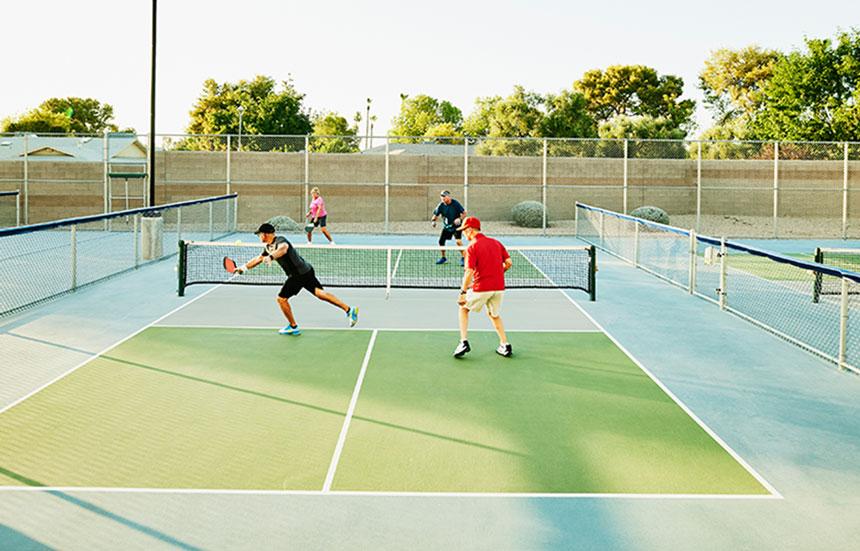Adopt Focused Agility Training in Your 50s

Let’s face it, our 50s is when most of us start to feel the aches and pains of everyday activities. We may not be able to work out for as long or as strong as we used to. Post-exercise recovery takes a little more time as we feel the pain more than the gain.
That’s normal. Aging causes changes, especially in our bones, joints and muscles – all central to the ability to be agile. It starts at 50 thanks to the normal course of our body’s degeneration.
As any credible medical encyclopedia explains, your bones start to lose minerals and calcium – especially for post-menopausal women – causing loss of bone density and bone mass and overall skeletal structure changes. (Some bone loss begins earlier.) The gel-like cartilage that cushions your joints and the synovial membrane and fluid that surrounds them – especially in the spine’s vertebrae – begin their decline, gradually losing fluid and becoming thinner. Small mineral deposits in your joints can make them stiff and sore.
In your 50s, those muscles that provide force, strength and reaction time for movement slowly get weaker and become more rigid. They’re not as able to contract, and our muscle fibers start to shrink and muscle atrophy begins, resulting in a less toned appearance even with regular exercise. That’s due to fat and a degenerative pigment called lipofuscin in the muscle tissue.
At the same time, our cardiovascular system also begins to change. Arteries stiffen, causing the heart to have to work harder to pump blood — our reaction times, flexibility and balance all take a toll.
This all makes your 50s the time to focus on exercises to help maintain agility – your body’s ability to accelerate, decelerate and change bodily direction quickly and almost automatically. It will set you in good stead to stay flexible, nimble and strong enough to avoid falls and bone breaks in your later.
(Always check with your primary care doctor before changing your approach to exercise, especially if you have knee, hip or back joint issues or trouble with your balance.)
Plyometrics training exercises – explosive, short and fast, stop-start, left-right, forward-backward rapid movement exercises favored by athletes – are considered the best routines to stay agile. They also require great hand-eye coordination and give your brain’s neuroreceptors and your neuromuscular system a workout in tandem, too.
In your fifties, you’ll need to modify fast movement workouts to avoid strains and injuries. Slow them down a little and focus on function and form over pure speed to still bring agility benefits. There also are some enjoyable substitutions, such as playing ping-pong, pickleball or kayaking that can provide the same benefits to agility at a slightly more leisurely pace.
